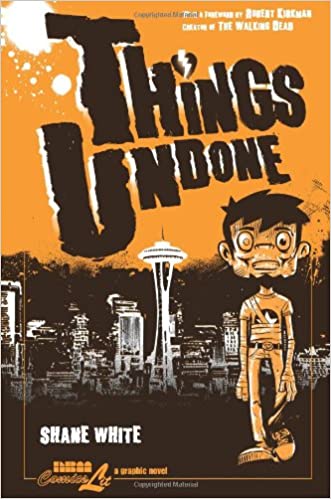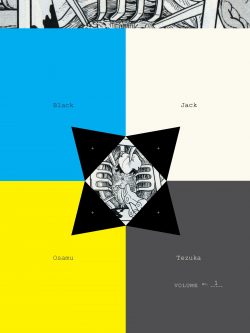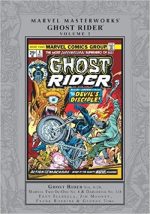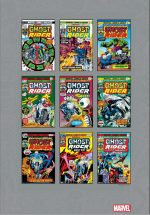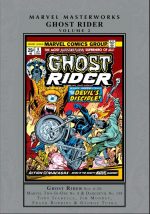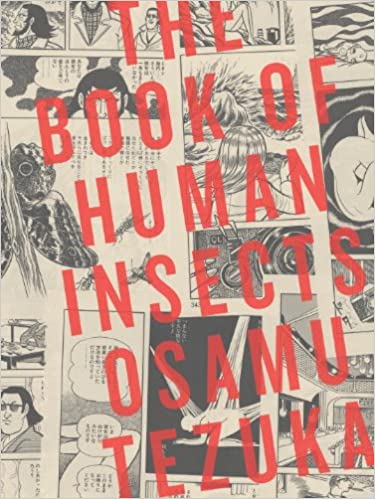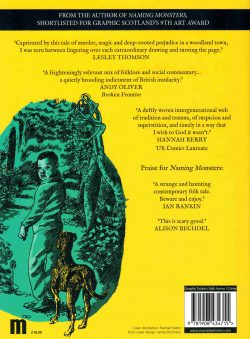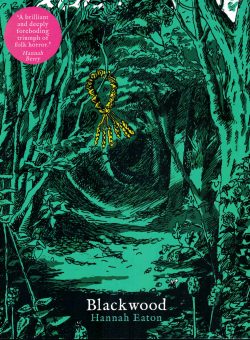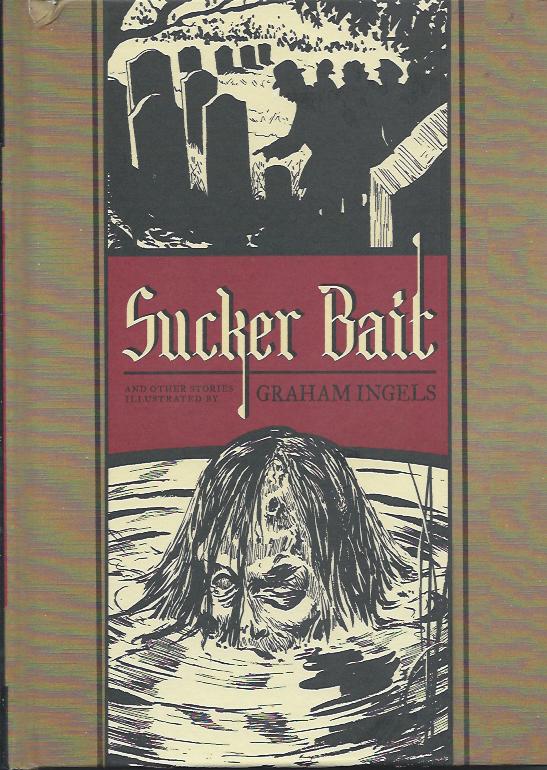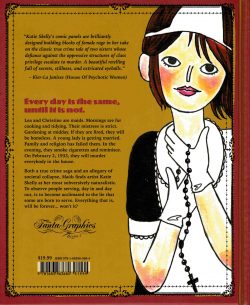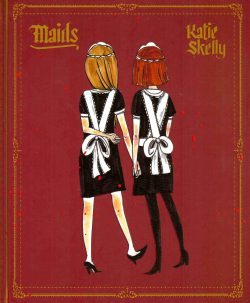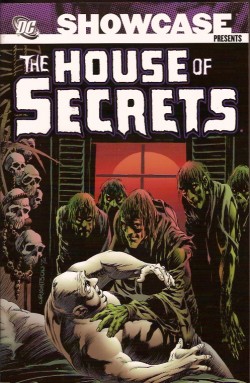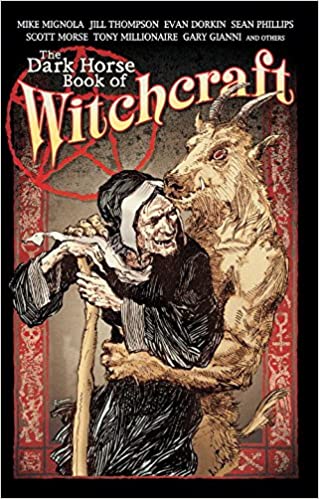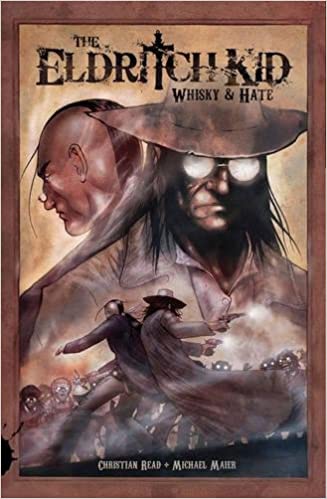
By Christian Read & Michael Maier (Gestalt Publishing)
ISBN: 978-0-980782-35-6 (TPB)
Felt like a scary western today. Here’s one…
There was a time, not so very long ago, when all of popular fiction was bloated and engorged with tales of Cowboys and Indians.
As always happens with such periodic populist phenomena – such as the Swinging Sixties’ Super-Spy Boom, the Vampire Boyfriend or recent Misunderstood Teens vs Corrupt Adult Dystopias trends – there was a goodly amount of momentary merit, lots of utter dross and a few spectacular gems.
Most importantly, once such surges peter out there’s also always a small cadre of frustrated devotees who mourn the passing and, resolve to do something to venerate or even revive their lost and faded favourite fad…
After World War II, the American family entertainment market – for which read comics, radio and the rapidly burgeoning television industry – were comprehensively enamoured of clear-cut, simplistic sensibilities and easy, escapist solutions offered by Tales of the Old West: at that time already a firmly established standby of paperback publishing, movie serials and low-budget feature films.
I’ve often ruminated on how and why, simultaneously, the dark, bleakly nigh-nihilistic and left-leaning Film Noir genre quietly blossomed alongside that wholesome rip-snorting range-&-rodeo revolution, seemingly only for a cynical minority of entertainment intellectuals who somehow knew that the returned veterans still hadn’t found a Land Fit for Heroes… but perhaps that’s a thought for another time and a different review.
Even though comics had encompassed Western heroes from the get-go (there were cowboy strips in the premier issues of both Action Comics and Marvel Comics), the post-war boom years saw a vast outpouring of titles with gun-toting heroes ousting the rapidly-dwindling supply of costumed Mystery Men. True to formula, most of these pioneers ranged from transiently mediocre to outright appalling…
Despite minor re-flowerings in the early 1970s and mid-1990s, Western strips have largely vanished from funny book pages: apparently unable to command enough mainstream support to survive the crushing competition of garish wonder-men and furiously seductive futures.
Europe and Britain also embraced the Sagebrush zeitgeist, producing some extremely impressive work, before France, Belgium and Italy made the genre emphatically their own by the end of the 1960s. They still make the best straight Western strips in the world for an avid audience still possessing an appetite for them…
Fantasy and Horror stories, on the other hand, have never really gone away and this superb entertaining entry from Australian graphic raconteurs Christian Read & Michael Maier superbly blends time-honoured tropes of the wild west with sinister sorcerous sensibilities to create a bewitching alternate reality where dark bloody deeds are matched by dire demonic forces and the decent guys called upon to combat them have to dabble in the diabolical too…
Following the tantalising Introduction ‘Our shadow goes where we go’ from author K. J. Bishop, the full-colour mystic mayhem begins with the recollections of an Oxford-educated shaman detailing his life following his return to the land of his birth.
Spring 1877 and the great Indian Wars are over. Custer is dead but so is Crazy Horse. The Whites are greedily covering the entire country and an erudite, educated man with the wrong skin tones is reduced to playing scout for a bunch of barely literate morons wagon-trekking across the plains to California. They need him but regard their supremely capable guide with suspicion, disdain and barely-disguised disgust…
One particular incident of second-guessing his decisions involves a detour around a stony butte that simply reeks of bad magic. Accusing him of leading them into an ambush and other dishonourable deeds, the lazy, work-shy Christians drive him to ignore his instincts and better judgement and reluctantly check out the pinnacle personally…
Wicasa Waken, outcast Shaman of the Oglala Lakota, Ten Shoes Dancing of the mighty Sioux and lately graduated Master of Arts and Literature, Oxford, England (1875), always knew devil magic when he smelled it, but – since his teachers taught him to treasure human life – he remained faithful to their training and climbs a mountain into hell…
At the top he encounters five-headed snakes and zombies and a strange white man they were taking their time killing…
Losing their lands to the pale invaders has soured many of his people and allowed a growth of bad spirits and corrupted medicine like the long-fled Bloody Knife to control many points on the map, but the man these horrors are torturing jangle the shaman’s mystic senses in way nothing ever has before.
Piling in, he starts killing monsters and the “victim†– once freed – eagerly joins in; his accursed guns making short work of the ravening Heyokas. Soon they’re all dispatched and Ten Shoes Dancing – after exorcising and sanitising the spiritually defiled butte – realises he has made the rather prickly acquaintance of a modern Western Legend…
The pioneering settlers are ecstatic to have celebrated dime novel hero The Eldritch Kid join their party and, whilst still treating his rescuer like a barely housebroken monkey, fête the grim gunslinger like a messiah. It’s hard for even the most enlightened man to watch a surly, taciturn, creepy freak basking in hero-worship, hot vittles and wanton female attention…
It’s not just this becoming-nation America that is awash with blood and wickedness. The entire world is swamped with boggles, spectres and worse, but since the War Between the States, the Kid has achieved a certain notoriety for dealing harshly and permanently with all things supernatural and predatory.
Nevertheless, he’s a mean, mercenary bastard and a tough man to like for the philosophically inclined, poetry-loving Ten Shoes… until the wagons arrive at a thriving prairie town the shaman knows wasn’t there a month previously.
Opting to investigate the bustling hamlet together, the mismatched heroes are soon fighting for their lives against an army of hungry ghosts and the Lakotan learns that although his personal patron god Lord Hnaska is grossly offended by the crawling things that hunger for human morsels, he is more worried by the cold, dark deity who sponsors his avatar’s gun-toting partner in peril…
A loveless alliance is forged in that ghastly spirit-trap and, as the wagon train proceeds towards California, the kid finally opens up enough to share the history that made him the most feared gunhawk in the West.
The story began in 1865 at Camp Elmira, New Jersey where Confederate prisoners were held. The detention centre was a hellhole even by human standards, but when a ravenous demon began taking inmates, one of the terrified, beaten, sitting duck captives was offered a deal by an invading ancient northern god. This grim King of Death was unhappy with the beasts and night things increasingly infesting the Earth and offered a trade: power for service…
After a suitably painful and gory “offering†the prisoner was given just enough of a supernatural advantage to kill the monsters – human and otherwise – and escape. He’s been doing his Lord’s work ever since…
At trail’s end the settlers naturally bilk the generally good-natured Ten Shoes who chalks it up to experience. However, his new associate still has many secrets unshared and exacts his own brand of instant karma.
…And thus is born another legend of the Wildest West Ever…
Bleak, moody, spectacularly action-packed and cathartic, Whisky & Hate is a smart, blackly funny yarn that will astound lovers of genre fiction and witty mash-ups.
The Western has long been a part of world culture and perhaps that fact has relegated the genre in too many minds to the status of a passé fascination of a bygone generation. If so, this fresh, hypnotically beguiling look at an overexposed idiom proves there’s still meat to chew on those old bones, and cow-punching aficionados, fear-fans, lovers of nostalgia-tainted comics and seekers of the wild and new alike can be assured this range-riding rollercoaster of thrills and macabre mystery proves that excitement and terror still lurk in those hills and over that horizon…
Black hats, white hats, alternate worlds, haunts and horrors, stunning visuals and macabre twists – what more could you possibly ask for?
Apparently, a sequel, so I’ll be getting to that too in the fullness of time…
© 2011 Christian Read, Michael Maier & Gestalt Publishing Pty Ltd. All rights reserved.

